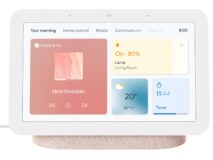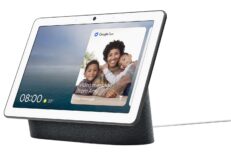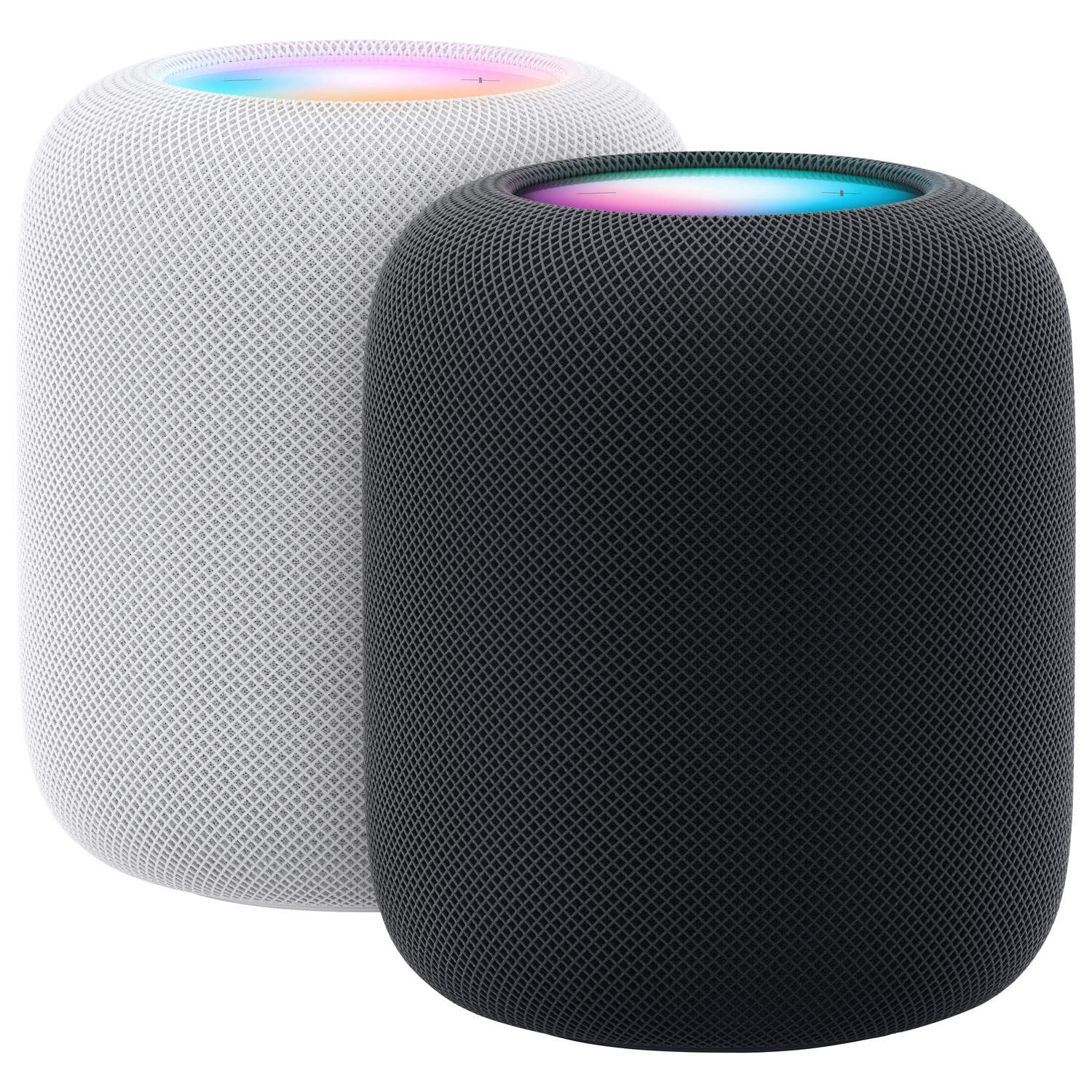
Smart homes are popular with busy families looking for ways to automate their homes. If you would like to create your own smart home, first, you need to decide on a smart home ecosystem. An ecosystem is made up of devices and technologies from various brands that operate via voice. Typically, they are connected and controlled through a smart speaker or a smart display. The three big smart home ecosystems are Google, Amazon, and Apple. Each has its own strengths and weaknesses. So, which one should you pick? Let’s explore what their benefits are and how well they each work with other brands so you can find the best one for your needs. I’ll also discuss the new Matter standard, and how it allows devices to communicate with each other.
Which smart home ecosystem
To choose the right ecosystem, there are several factors to consider. First is the type of devices you already have, or plan to buy in the future. Second is the level of automation you want and the level of security and privacy they require. Third is the price. Some ecosystems have inexpensive entry level devices, while others do not. I encourage you to familiarize yourself with all the options available to help you decide which is right for you.
Now let’s take a closer look at each of the three smart home ecosystems.
Google Home
Google’s smart home ecosystem is known as Google Home, and it is powered by Google Assistant. This ecosystem includes various devices, such as the Google Home smart speaker, Nest thermostats, and Nest cameras. The strengths of the Google ecosystem is its compatibility with a wide range of devices from third-party manufacturers. This means that you can easily integrate devices from different brands and control them all from the Google Home app or voice commands.
Another benefit of the Google ecosystem is its focus on AI and machine learning. This allows Google Assistant to learn routines and preferences over time, making it easier to automate a home and control devices with voice commands.
The Google Home ecosystem is great for current Android users who already use Google Assistant on their smartphones. You can use it to set reminders or perform google searches via voice. With a smart display, you or anyone in your family can also use it to watch YouTube cooking videos in the kitchen, or to check the weather forecast in the morning.
Amazon Alexa
Amazon’s smart home ecosystem is called Alexa, and it is powered by the Amazon Echo smart speakers and Echo Show smart displays. This ecosystem includes various devices, such as Echo speakers, Ring doorbells, and smart home devices from other brands compatible with Alexa. One of the strengths of the Amazon ecosystem is its vast library of skills and third-party integrations, which allow people to control a wide range of devices and services with their voice.
Another benefit of the Amazon ecosystem is its focus on security and privacy. Amazon has implemented various security measures, such as two-factor authentication and end-to-end encryption, to protect data and devices from hackers.
Amazon Alexa is a good ecosystem choice for families who have a mixture of Android and iOS devices. The Echo Show smart display can be used as a family hub to manage calendars, post-it notes, or to play videos hands-free. If you already have an Echo speaker, consider adding more to different rooms to build an Amazon smart home.
Apple HomeKit
Apple’s smart home ecosystem is called HomeKit, and it is powered by Siri. This ecosystem includes various devices, such as the Apple HomePod smart speaker, Philips Hue Smart Lighting, and smart locks from other brands that are compatible with HomeKit. One of the strengths of the Apple ecosystem is its focus on privacy and security. Apple has implemented various measures, such as end-to-end encryption and local storage of data, to protect privacy and prevent unauthorized access to devices.
Another benefit of the Apple ecosystem is its seamless integration with other Apple devices, such as iPhones, iPads, and Apple Watches. This allows users to control devices from multiple Apple devices and automate a home based on location or other factors. However, the Apple ecosystem has a limited selection of devices compared to Google and Amazon. That may soon change with the introduction of Matter.
The new Matter standard for smart homes
Matter is a collaboration between major tech companies including Apple, Google, and Amazon. It’s aimed at creating a unified smart home ecosystem. The goal is to make it easier for consumers to connect and control smart devices from different manufacturers without the need for multiple apps or hubs.
One of the key benefits of Matter is its interoperability. With Matter-enabled devices, consumers will be able to control their smart home devices using a single app. For example, you won’t need a separate apps for smart lights and another for smart thermostats. Both devices can be from different brands, but controlled in a single app.
In short, Matter simplifies the setup process and reduces the complexity of managing a smart home ecosystem. No matter what ecosystem you choose, Matter will make managing a smart home much easier.
Deciding between the smart home ecosystems
Choosing the right smart home ecosystem depends on your individual needs, preferences, and devices you currently use. If you prioritize compatibility with a wide range of devices and AI-powered automation, Google may be the best choice. This is especially the case for current Android smartphone users.
If you prioritize skills, integrations and security, Amazon may be worth considering. It’s a great middle of the road option for families with a mixture of Android and iOS devices. Entry level Echo speakers are relatively inexpensive so it’s an easy and affordable option.
If you and your family already use iPhones and iPads, Apple may be the best choice. It makes sense to stay within the Apple ecosystem where all the devices work together.
Getting started with a smart home
Regardless of which ecosystem you choose, the new Matter standard makes the setup of devices from a variety of brands easy to setup and manage. Soon, we will be able to manage all our smart home devices from a single app on our smartphone.
Now is a great time to build or extend a smart home. Be sure to read this smart home buying guide to set up your smart home of the future.








